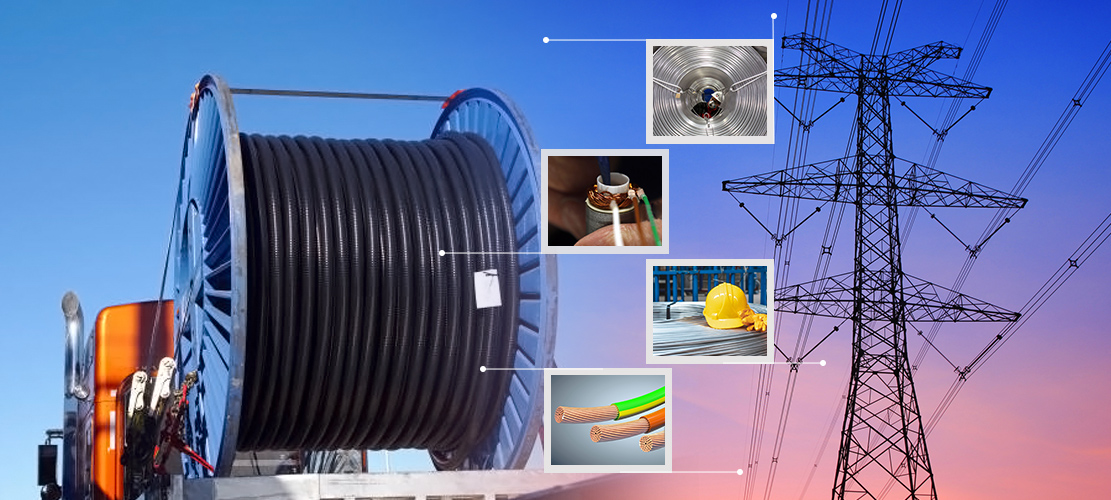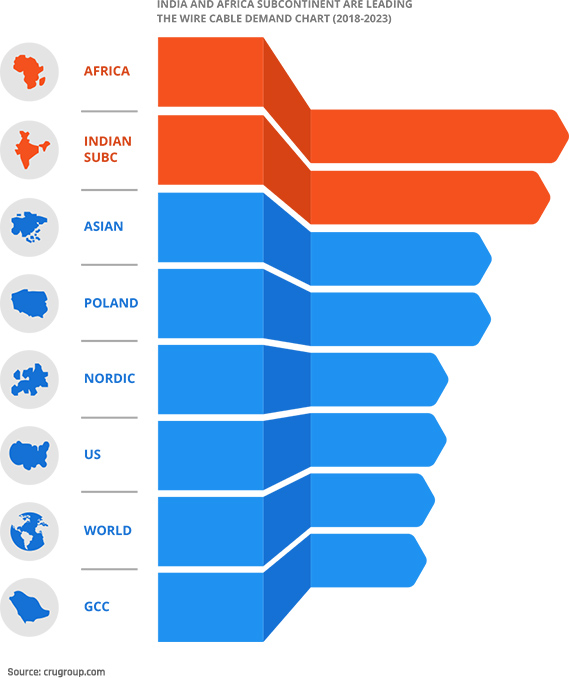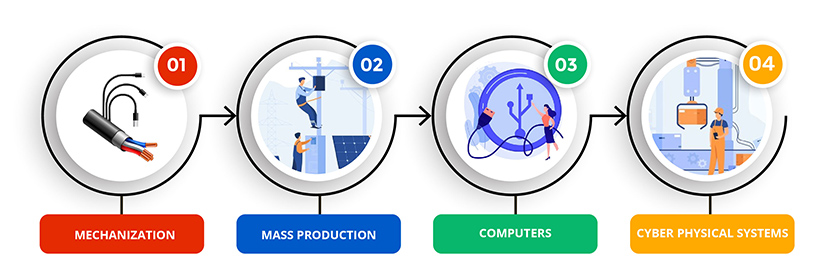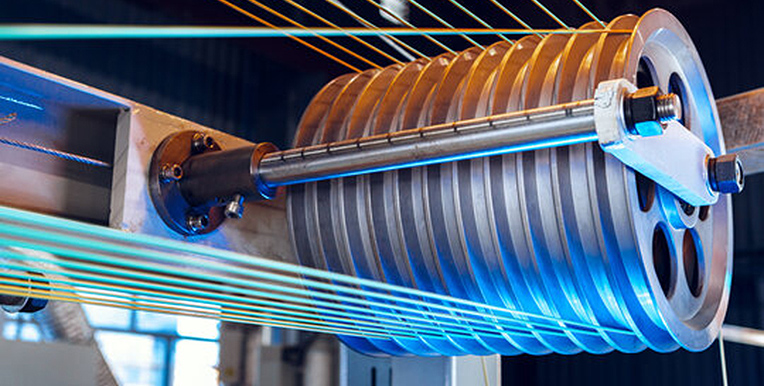
Wire and Cable Industry in India – Industry 4.0 and the Widening Scope
The last two to three decades are probably the fastest infrastructure growing years of India, and so it is for the Wire & Cable industry. The rapid urbanization and industrial development have contributed to the exponential growth of the electrical cable industry in the country. According to a study – the global wire and cable market is growing at a CAGR of 6.45%. It predicts that the global market size of this industry is expected to reach USD 332.65 bn by 2026 from USD 201.76 bn in 2018.
The Indian wire and cable market is growing at an even faster pace. With a whopping CAGR 15% growth rate, the rising Indian market reflects the rapid developments in the power and infrastructure sector. And it’s not going to slow down any time soon. With the advent of industrial revolution 4.0, global investors are eying the potential Indian market specific to the high-voltage (HV) and extra-high-voltage (EHV) cables product line.
Growth of the Wire and Cable Industry – Global and Indian Context

It all started in the late 19th century. To lay the commercialized Telegraph lines, one new industry was born. The first product lines were the iron wires with a thin copper coating. Ever since it has been a long and innovative journey over the years.
Starting from gutta-percha insulated cables to PVC insulation and now optical fiber cables – changing requirements, demands, and technology implementations have shaped this industry in a great way
The Indian context is no different. It’s not surprising that developing nations like India and many in the African subcontinent are now pushing the gross demand. Though the commercial and industrial segments of the wire and cable market is evenly growing all across the European, Asian, and American regions, the domestic segment has brought in the difference for India and Africa.
The boom in the telecom sector and the central government-led PLI schemes are another reason behind the upscaling in the manufacturing of commercial-grade electrical equipment and high-intensity cables. The wires and cable sector is a significant 40% of the electrical industry in India and will benefit from the development in the power generation, distribution, and industrial equipment sector.
Industrial Revolution 4.0
After a decade of digitization, industries are moving with digitalization. Away from the legacy systems, be it the manufacturing processes, products, or machinery – all are getting the technology touch. This smart manufacturing or the industrial internet of things (IIoT) is the reflection of industrial revolution 4.0

When the first industrial revolution created the base for industries to come up, it was the second industrial revolution that created the demand for wires and cables for industrial use and Customized for Gloster and subject to change by Content Inception. expansion. With the third industrial revolution or the introduction of computers and automation, along with the commercial segment, a whole new dimension of the wires industry came into existence.
The production lines expanded to function-specific segments, which now hold 72% of the wires and cables market. The new-age requirements are for automobiles, domestic/commercial purpose machinery, and PDA devices, etc. Moreover, the fourth industrial revolution will further expand the innovative use of wires and cables inside IoT devices and for 5G spread out in the telecom sector.
Impact of Digitization - Energy Consumption Shows an Upward Demand Graph
Apart from the three major segments (Industrial, Commercial, and Domestic) of the wire and cable industry, the other segment products are new and advanced. Though modern machinery and IoT devices will create a new demand line, the rise in energy consumption will continue to influence the product spectrum.
As per IEA’s 2021 India Energy Outlook study, the energy consumption in India (combining domestic and industry usage) is increasing exponentially, and the future energy demand is almost one-quarter that of the entire world. So, along with cement and steel, significant swelling in the production and sale of electricity equipment (wires, cables, switches, motors, etc.) is foreseen in the coming decade. Moreover, as the urban density is increasing, raising the chances of accidental electrical fire and mishaps, the demand for fire-resistant, multi-layered, and flexible domestic cables seem to be at an all-time high.
Wire and Cable Industry on the Threshold of Industrial Revolution
After a decade of digitization, industries are moving with digitalization. Away from the legacy systems, be it the manufacturing processes, products, or machinery – all are getting the technology touch. This smart manufacturing or the industrial internet of things (IIoT) is the reflection of industrial revolution 4.0

From a broad perspective, the new industrial revolution is bringing in two key changes in the cable industry. When one is driven by the technology adaptation point of view, the other is another significant reason – that will soon drive the demand of domestic products from the brands investing in distinguished innovation and awareness campaigns.
More sophisticated, safer, and commercial/industry grade wires and cables will be required for specific-purpose devices and products. Even though some of these machines might be for domestic purposes, but the wire and cable products will still be in the commercial category adhering to specific standards proposed by the manufacturers or policymakers.
With the widespread use of IoT devices and equipment, the domestic segment of the wires and cable market will soon see a different kind of demand. The demand will be for the products of particular brands and variants of commercial-grade products associated with popular IoT machines
The Segments of Wire and Cable Industry Is Widening for Sure
With technology advancement and refinement of policies as well as practices, the not-so structured sector of wires and cables has broadened with more players and is recognized as an organized sector in India. This has not only ripened the scope of the market pan-India but also globally. With rising energy consumption rate, growing demand in the newer segments, and a vast spectrum of special-purpose products, the market size is on the rise for sure.
To substantiate this – according to Institute for Energy Economics and Financial Analysis (IEEFA), as India’s demand for electricity is expected to grow nearly at 100%, the wires and cable market will have a steep growing curve going forward – no doubt about this.
CONTACT US